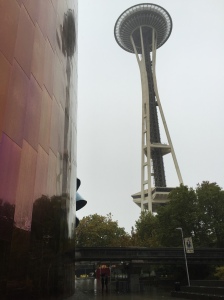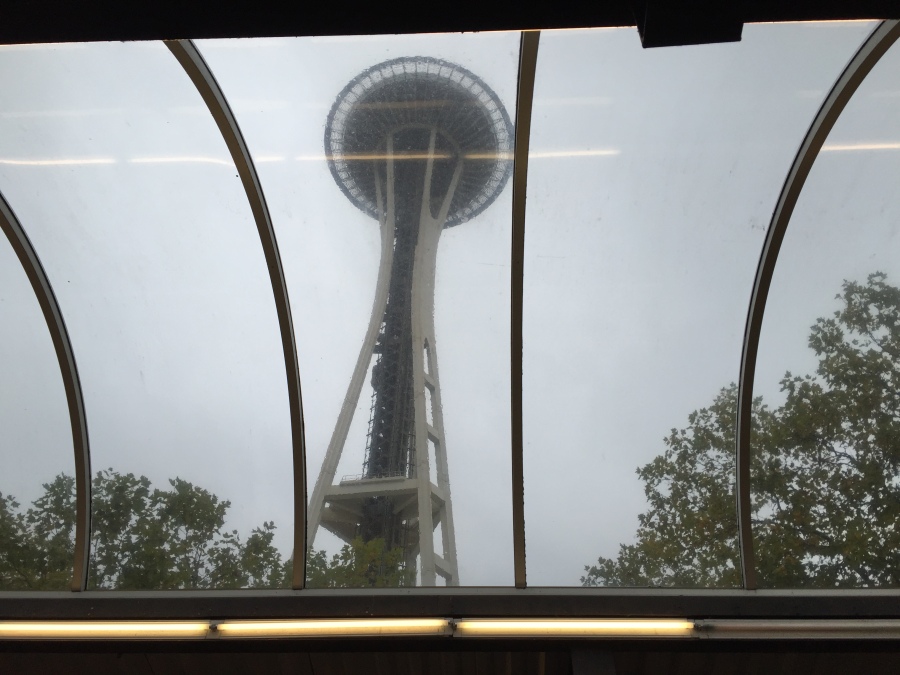
The Unites States has the unique issue that much of the built landscape is relatively new. Issue? Yes. It’s two-fold: first, many buildings have only had one use. When that use is no longer needed, we often struggle to reuse the buildings we have, instead demolishing and building anew. Second, we are new to the idea of layers of history… and foreigners to the concept that landmarks might be layered.
All cultural landscapes have layers of history: more important layers and less important layers; thick layers and thin layers. A house-sized example is Paul Revere’s house in Boston. Thanks to Revere’s importance in American history, his house today is a house museum, touring guests through a space staged to look as it did in the latter half of the eighteenth century. But the house was only Paul Revere’s from 1770 to 1800. It later served as a candy store, cigar store, and Italian bank; I’ve heard it was a green grocer for a longer period of time than it was Revere’s house. Paul Revere is important. But history doesn’t start at 1770 or stop at 1800.

Last weekend I made a very rainy (well, it is Seattle after all!) visit to the neighborhood around the Space Needle. The EMP Museum seemed to be dripping colors into the puddles, and the rain came down so hard you got a face full of water in any attempt to look at the top of the Space Needle. The monorail beckoned, offering relief from the deluge and its usual Space Age charm. So of course, I went.
The monorail and Space Needle were constructed as part of the 1962 world’s fair, known as the Century 21 Exposition (yes, there is video footage from the fair, including views from the monorail!). The Space Needle stands apart thanks to its tall and narrow physical attributes (though it has seen a shifting and growing skyline in recent years), but the monorail by nature is subject to change as the city expands around it.

What happened was more than just next door to the monorail track: the EMP Museum was constructed in 2000 literally on top of the monorail. The Museum, along with its collections, is contemporary. It represents deconstrutivism, and was designed by none other than architect Frank Gehry.
It’s natural (especially for us preservationists): when you hear that something new will be built around something historic that you love, you cringe. How can you not? Yet, despite the controversy of its appearance when it was constructed, I believe that the EMP Museum has found its place in Seattle and the interaction between the Museum and the monorail is fantastic. It is an example that landmarks can be layered in a way that is not only pleasing but draws your attention to the landscape around you. The EMP Museum looks something like a glossy stage or screen with curtains billowing on either side; the monorail charges through the billowing curtain every 15 minutes, the building seeming to rustle in its wake in the most… futuristic way.



Paul Revere House was built in 18th century so its layers of history not only post date his family’s occupancy,but pre-date it by a long time.
LikeLike
Yes! Thanks. Have you visited? I visited awhile ago and was disappointed that they didn’t mention more about the house’s history and Little Italy. Has this changed?
LikeLike
[…] brought the Space Needle and the monorail to Seattle (I previously talked about the monorail here). These were the years following WWII, and a general enthusiasm for technology, particularly atomic […]
LikeLike
[…] that were originally built for fair use. Among others, this includes the retro, Space Age monorail; Key Arena, which sits like a starched and folded handkerchief on the plaza; and a sports […]
LikeLike
[…] Seattle heart bomb event, see more here. Seattle Center is a hot spot for landmarks, new and old. Click here to read […]
LikeLike
[…] Gehry, himself. He is well-known for his buildings of curving metal (I featured Seattle’s EMP here, now the MoPOP). Do you have a favorite park in Chicago or your home […]
LikeLike